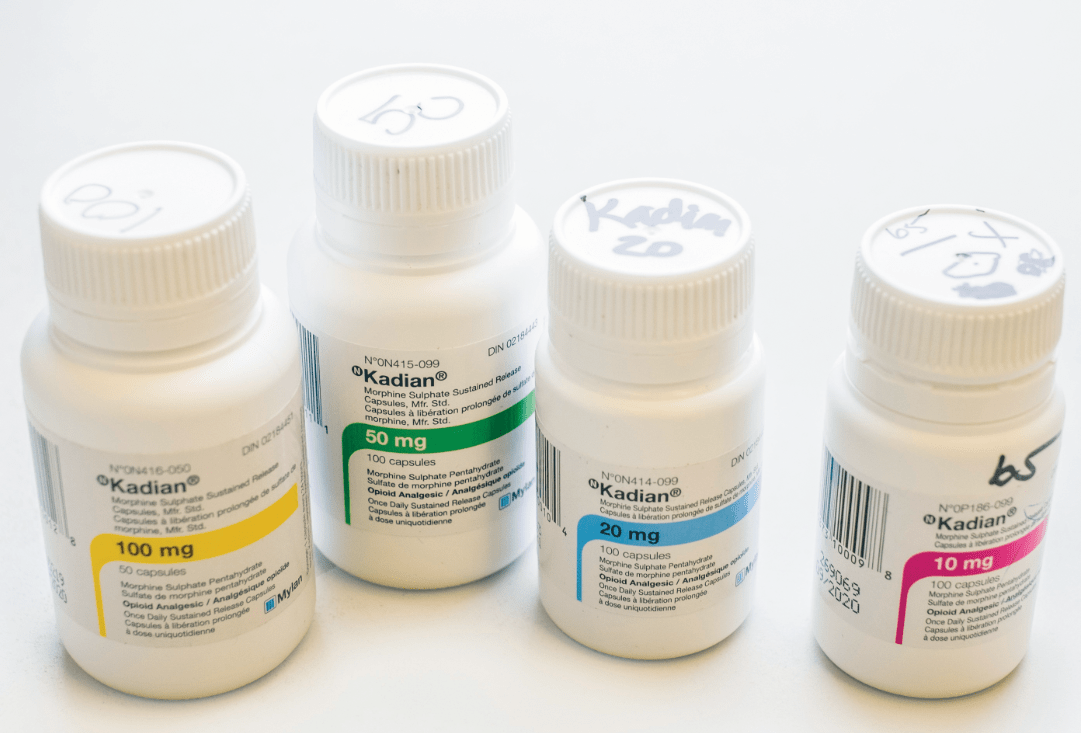How is morphine used to treat addiction?
The goal of SROM dosing, like other opioid agonist therapies (OAT), is to find a dose that effectively manages withdrawal symptoms and cravings without causing sedation or other adverse effects. Initial doses and titration schedules should take into account the individual’s level of opioid tolerance, overall medical condition, and the reliability of the potency estimate used to determine the appropriate morphine dose. For example, someone on daily observed methadone has a consistent ingestion pattern, though the conversion rate from methadone to SROM can vary. In contrast, for individuals using unregulated fentanyl, fluctuations in use and variability in street drug content make it more challenging to accurately determine the correct morphine dose.
The goal of SROM dosing, like other opioid agonist therapies (OAT), is to find a dose that effectively manages withdrawal symptoms and cravings without causing sedation or adverse effects. Initial dosing and titration should take into account the individual’s opioid tolerance, overall health, and the accuracy of the potency estimate used to determine the necessary morphine dose. For instance, a person on daily observed methadone has a consistent ingestion pattern, though conversion rates from methadone to SROM can vary. In contrast, for those using unregulated fentanyl, fluctuations in use and street drug content make it more challenging to accurately estimate the appropriate morphine dose.



